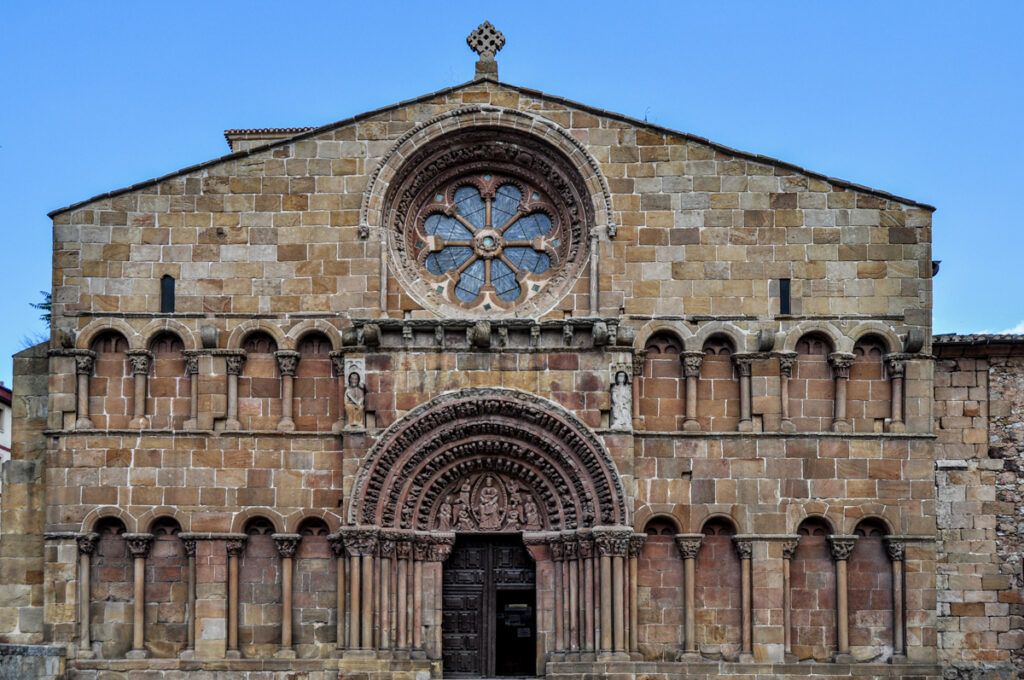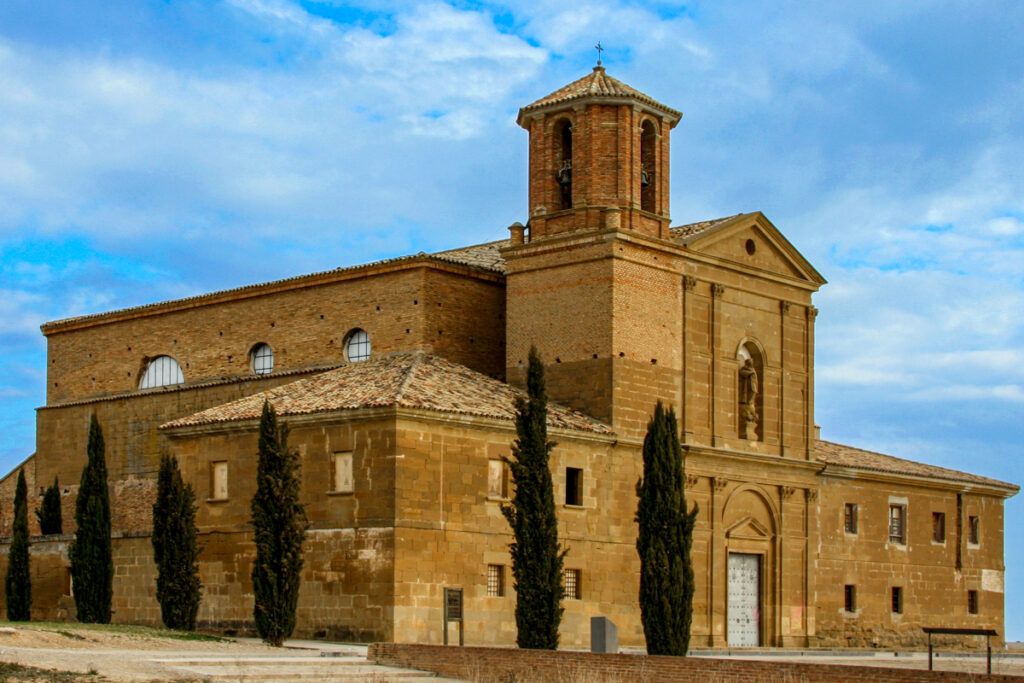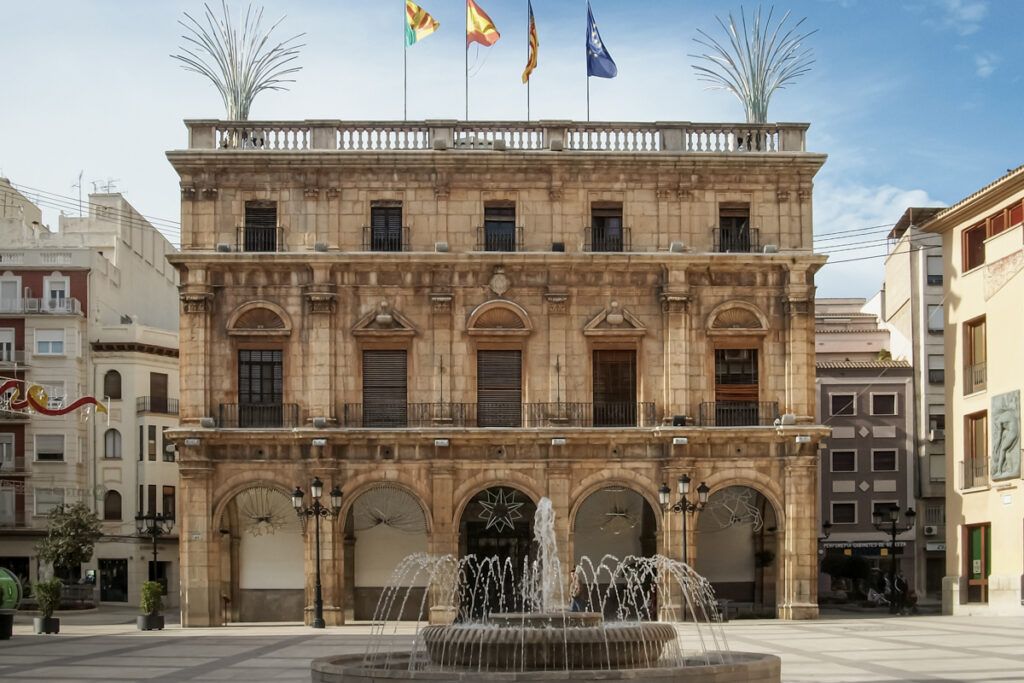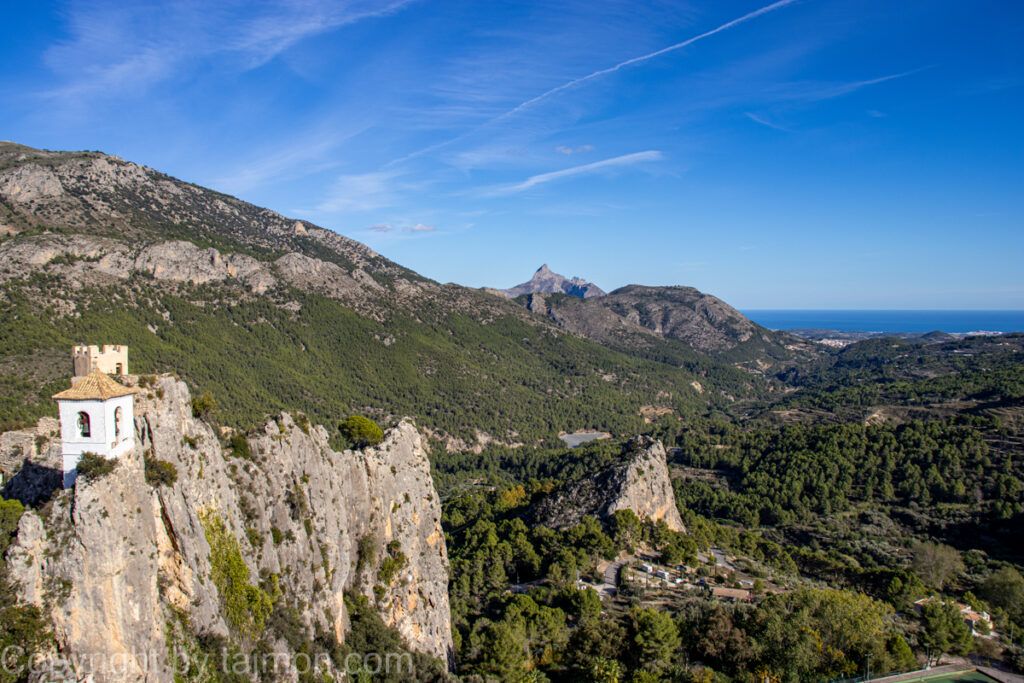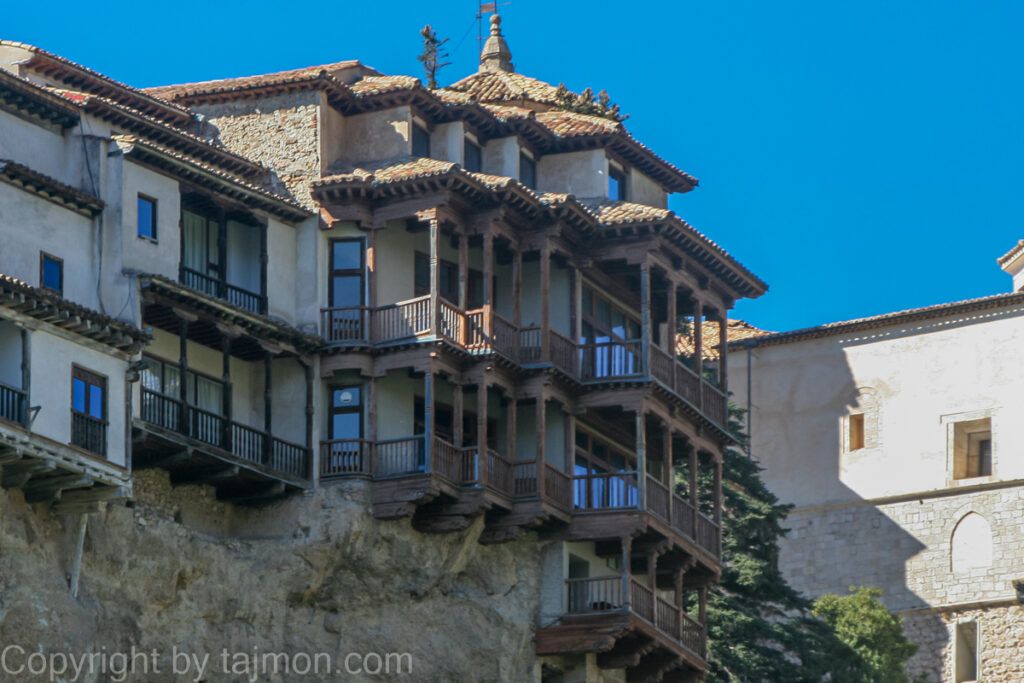History of Soria
Soria has a rich and fascinating history that dates back to pre-Roman times. The first inhabitants of this area were the Celts, who founded the powerful city of Numancia, located about 8 km northwest of present-day Soria. Numancia was known for its heroic resistance against the Roman invasion, which lasted over 20 years and ended with the mass suicide of the defenders in 133 BC.
After the fall of Numancia, the Romans founded several settlements near the Duero River, which formed a natural border between their province of Hispania Citerior and the territories of the Celts. One of these settlements was Uxama, which was located on the Miron hill, where today stands the sanctuary of the Virgin Mary. Uxama was an important administrative and commercial center, which maintained contacts with other Roman cities, such as Caesaraugusta (today’s Zaragoza) or Emerita Augusta (today’s Mérida).
In the 5th century AD, the Romans were displaced by the Germanic Suebi, who founded a kingdom in northwestern Spain. The Suebi were one of the first peoples to adopt Christianity and built many churches and monasteries. In the 6th century AD, the first temple dedicated to the Virgin Mary was erected on the Miron hill, which is considered the oldest in Spain.
In the 8th century AD, the Suebi were conquered by the Visigoths, who in turn were defeated by the Arabs, who began the expansion of Islam on the Iberian Peninsula. Soria was on the border between the Muslim emirate of Cordoba and the Christian kingdoms of Asturias and Navarre. In 869 AD, Soria was the center of the rebellion of Sulayman ibn Abusa against the emir of Cordoba, who sent his son Hakan to suppress it.
In the 11th century AD, Soria became an important and strategic point due to its location on the Duero River, which separated Christian and Muslim lands. In 1085 AD, King Alfonso VI of Castile conquered Toledo, which led to the intervention of the Almoravids, fanatical Muslims from North Africa, who wanted to unite and renew Islam on the Iberian Peninsula. In 1109 AD, the Almoravids defeated and killed Alfonso VI in the battle of Uclés, which caused a crisis in Castile and León.
In 1119 AD, Soria was conquered by King Alfonso I the Battler of Aragon, who granted it Fuero Breve, a set of rights and privileges for the inhabitants. In this way, Soria became one of the first cities to receive fuero, which favored its development and repopulation. In 1134 AD, Soria was incorporated into the kingdom of León, and in 1157 AD, into the kingdom of Castile.
In the 12th century AD, Soria grew rapidly under the rule of King Alfonso VIII of Castile, who was protected by the Sorian nobility in his childhood and alongside whom he fought in the battle of Las Navas de Tolosa in 1212 AD, which was a decisive victory for the Christians over the Almohads, successors of the Almoravids. In 1221 AD, Alfonso VIII granted Soria Fuero Extenso, which was one of the most important documents of medieval law and which served as the basis for Fuero Real. Fuero Extenso described the medieval structure of the city between the local nobility (Doce Linajes), the bourgeoisie (Jurados de Cuadrilla) and the surrounding villages (Sexmeros de la Tierra).
In the 13th century AD, Soria was one of the largest and richest cities in Castile, with 35 parishes and about 8000 inhabitants. Soria was also an important cultural and scientific center, where the famous Hebrew poet and philosopher Abraham ibn Ezra worked. In 1270 AD, King Alfonso X the Wise convened in Soria Cortes, an assembly of representatives of the nobility, clergy, and cities, which was to advise and support the king. In 1284 AD, in Soria took place the wedding of King Sancho IV of Castile with Maria de Molina, who was one of the most influential and respected queens in the history of Spain.
In the 14th century AD, Soria witnessed many events, such as: the surrender of the city to Bertrand du Guesclin by Henry II and the subsequent rebellion of the inhabitants, the official establishment of the 12 Sorian Lineages or the celebration of the national Cortes in 1380 AD. In the 15th century AD, Soria lost its importance after the unification of Aragon and Castile in 1479 AD and especially after the issuance of the decree of expulsion of the Jews in 1492 AD. By 1530 AD, the city had only about 4500 inhabitants.
In the 16th, 17th and 18th centuries AD, Soria lost political significance, and wool was the main factor in the city’s development. Soria was also the birthplace and deathplace of many famous figures, such as the poet Garcilaso de la Vega, the painter Antonio Machado, the writer Gustavo Adolfo Bécquer or the painter Francisco de Goya. In 1701 AD, Soria sided with Philip V in the War of Spanish Succession, which resulted in the siege and destruction of the city by Aragonese and English troops.
In the 19th century AD, Soria was affected by the Napoleonic wars, the Carlist wars and the wars of independence in Latin America, which resulted in a loss of population and wealth. In 1833 AD, Soria became the capital of a new province, which included part of the former kingdom of Soria. In 1837 AD, Soria was besieged by Carlist troops, which were repelled by liberal forces. In 1841 AD, Soria witnessed an armed uprising against the regency of Baldomero Espartero, which was suppressed by General Diego de Leon. In 1868 AD, Soria supported the revolution against Queen Isabella II, which led to her overthrow and the establishment of a provisional government. In 1872 AD, Soria was again under siege by the Carlists, who tried to capture the city under the command of General Joaquín Elío. In 1874 AD, Soria was liberated by the troops of Alfonso XII, who restored the Bourbon monarchy.
In 1908 AD, Soria received the title of city from King Alfonso XIII. In 1912 AD, Soria was the seat of the first regionalist congress, which demanded greater autonomy for Castile. In 1931 AD, it supported the proclamation of the Second Spanish Republic, which introduced social and political reforms. In 1936 AD, it was one of the first cities to join the Spanish Civil War, which lasted until 1939 AD and ended with the victory of Franco’s nationalists. In 1940 AD, Soria was the site of the execution of 13 members of the resistance movement, known as “Los 13 de la fama”. In 1951 AD, Soria was the site of the construction of the first nuclear power plant in Spain, which was closed in 1965 AD. In 1978 AD, Soria was one of the cities that supported the new constitution of Spain, which established a social state. In 1983 AD, Soria became part of the newly formed autonomous region of Castile and León.
In the 21st century AD, Soria is a city with a rich culture and tradition, which strives to develop economically and socially. Soria is also a city with a strong regional and historical identity, which is expressed by its inhabitants and institutions. Soria is a city that has preserved its heritage and beauty, but at the same time is open to new challenges and opportunities. Soria is a city worth visiting and getting to know.
